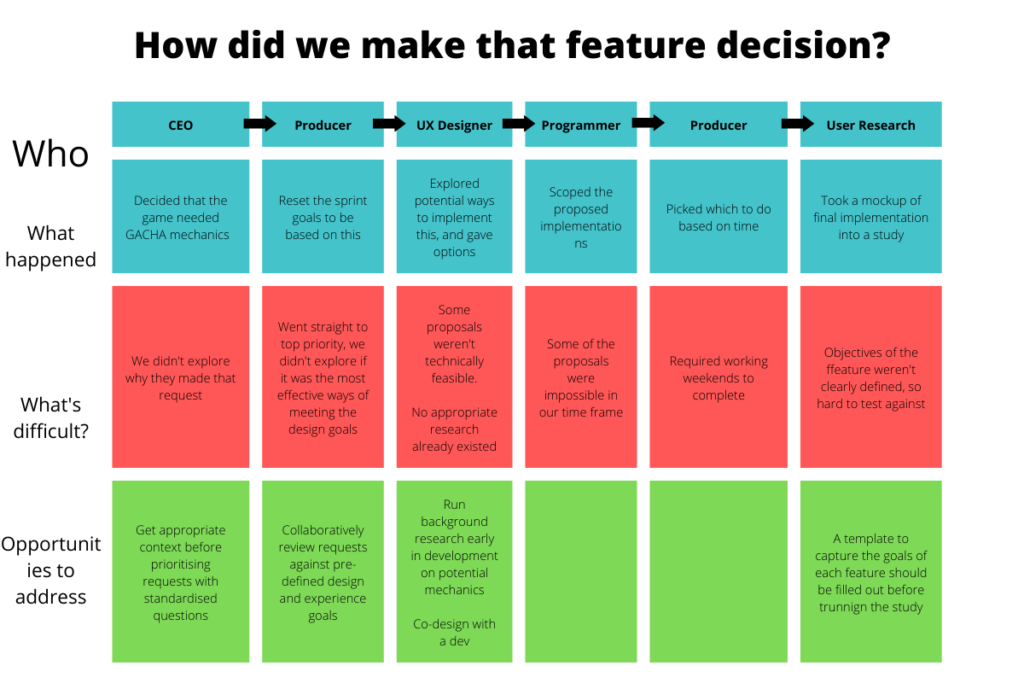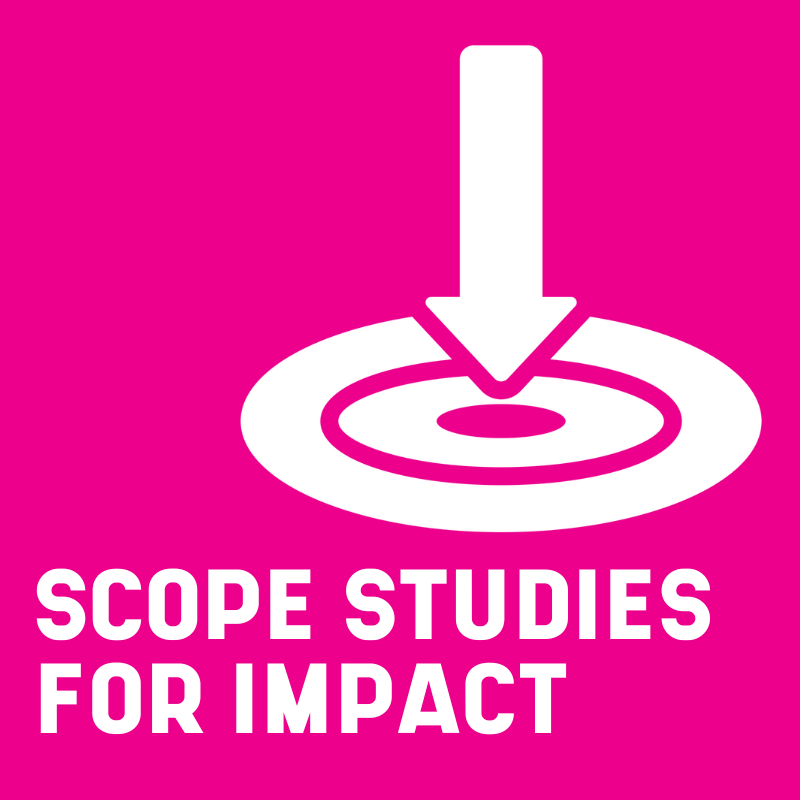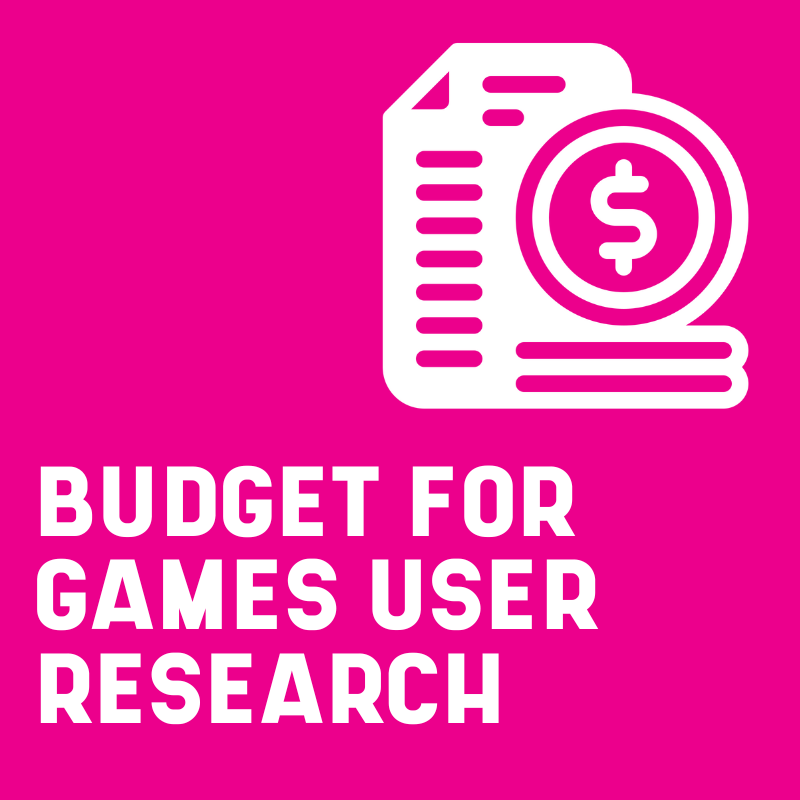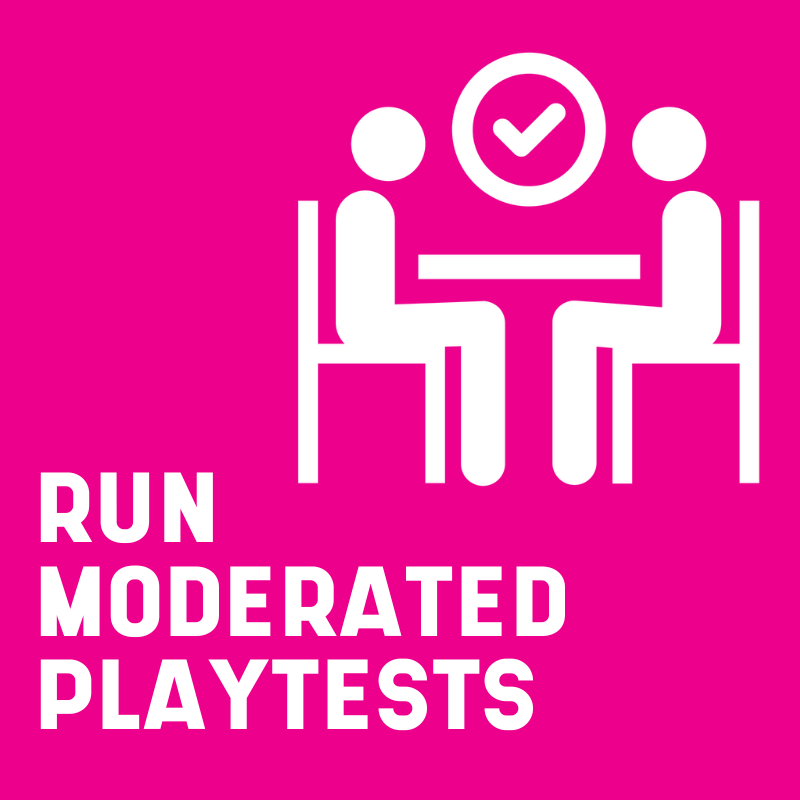Developing a game can be a project management disaster, lurching from crisis to crisis until we hit the launch date (and then diving straight into developing the DLC!)
For UX researchers or designers this can make it difficult to do our job ‘properly’. Our processes require time, and there never seems to be time to do proper research, explore design options, or think about what we’re doing.
UX gets left as an afterthought.
Often UX practitioners aren’t given the space to do the job they were hired to do – they know what they are meant to be doing, and have the UX skills required, but feel stuck or unable to do their job. And iteration becomes a pipe dream.
This is frustrating, and leads to disengagement or burnout. It doesn’t have to be that way.
By the end of this article, you will have a library of immediate and long-term tactics, to create the time for proper playtesting, research, UX design and iteration to happen.

Game development is a crisis that lasts 2-5 years
Games are very complex software to develop.
Unlike apps, or websites, it’s often not possible to launch a ‘minimum viable product’, and the game has to be complete at launch. Plus marketing puts huge pressure on meeting strict deadlines. And the ‘fun of the game’ is often discovered on the way, so can’t be pre-defined! This adds up to something that is almost impossible to project manage.
These factors means game development often is rushed, and difficult to plan – leading to changing priorities, crunch, and panic everywhere.
Panic makes proper UX difficult
UX research and design practices assume that we have time to think about and react to what we learn from users and playtesting.
This requires coordination between teams (which often isn’t being done elsewhere), asking questions to understand the intended vision, and creating a cohesive and shared understanding of the game.
When you’re not given the time to do it properly, the impact of UX design and research is lost. UX designers end up just making wireframes (and I thought the point was “we’re not UI”). User research and playtesting becomes a checklist item, rather than real inspiration for design changes. It creates a culture of low quality, low impact work.
Not doing your job properly will make you sad
For you as an individual, this reduces job satisfaction, and can make it hard to get new roles – if you’ve just been doing low-quality work, how can you pass an interview at another company?
HOWEVER
Trying to fix a low-maturity UX environment is a pro-level skill, that will make you stand out as a senior practitioner. Doing the slow, frustrating work to understand the environment, and improve it is what will help you move up in expertise, get promotions, ace job interviews and grow your career.
My favourite people are those who try and fix the environment, rather than just complaining about it. Here’s how we can do that.
Short-term fixes to get out of an emergency
A common situation in a panic-filled environment is an incoming, high-priority request which has to be done immediately. Due to poor planning and communication, suddenly a research study needs to be run today.
Obviously this compromises ‘doing good research’. Without appropriate time or attention given to participant screening, using the appropriate method, or analysis, we do low-quality work.
Understand the context for the request
Start with asking questions to understand the context.
- Why is this request urgent?
- What happened immediately before this request occurred?
- Who is asking for it?
- What are they going to do with the results?
Often with exploration, it becomes clear that there isn’t time to react to the findings of a study, or that the request hasn’t been properly thought through. Sometimes with further questions, the request just goes away. That’s great to learn before you waste your time reacting to it (and extremely frustrating to learn after!).
🚀 Do this now: Prepare a list of context questions that you will ask about incoming work requests, and make a template.
Make pragmatic method decisions
Even with context, the reality is that sometimes fast research needs to be done. One tactic we have, but should use sparingly, is method selection. As researchers we’re always making conscious decisions about what is ‘the best’ method for each research objective. However to avoid running studies that are too late to have impact ‘the best’ should also take into account the time we have available – not just the most technically correct.
Making pragmatic decisions about methods can reduce the time that research studies can take – for example running an unmoderated study using a panel when there’s not enough time for a moderated study, guerilla recruitment methods, or running a usability review instead of a full study with users.
This can extend into how we report. Instead of writing a full report, why not talk your team through your analysed notes? This will get us to debrief earlier and works well with an engaged team who has understood the context of the study.
We have to be careful when making pragmatic compromises. Doing lower-quality work, and compromising your processes or expertise will set expectations that this is normal, and can be done again. When making compromises, they need to be negotiated with the people making the requests, to ensure that they understand the impact of the compromise. When sharing findings, the compromises need to be reinforced with caveats in your deliverables and debriefs by explaining the limitations of the study, why the decision was made to compromise, and what a better study would look like.
🚀 Do this now: Note down the list of research methods you have available to you, and make a decision about what substitutions are appropriate.
Mid-term fixes – Planning more efficient research
The short-term fixes are immediate sticking plasters but will not improve the situation long term, and the same situation will keep recurring. We need to do something about that!
Anticipate upcoming requests
Because user research & UX is often an afterthought, we need to be proactive to get as much notice about changing priorities and incoming potential work as possible. This requires speaking to people – usually producers & product managers who have the best visibility of the priorities of the game, in order to understand what’s important to them.
Schedule regular check-ins with your producers if they aren’t already happening, and ask questions such as:
- What’s important to you right now?
- What are you most uncertain about?
- What did you do as a result of our last study?
By having an earlier view of changing priorities, it can help create an appropriate roadmap for research + UX activities, planned out with enough time to execute properly. Conflicts can be negotiated within that timeline, and it can be updated as priorities change – but you will be creating more visibility, and time for you to do your role properly.
🚀 Do this now: Put in a regular meeting with your producer or PM to ask about priorities.
Make research more efficient
Researchers can also make their research process more efficient. The idea behind ‘research-ops’ is to recognise the parts of research that are outside the ‘data collection’ of actually speaking to users, and explore how to make them more effective and efficient.
This can include creating a participant recruitment panel, but also the creation of templates and checklists to make the research process more efficient (This is what The Playtest Kit does). Optimising your analysis process with better tools (like learning how to master mindmaps) will also reduce the time it takes to get high-quality findings back from your research study.
Making your research process more efficient will allow you to do higher quality work in less time, and fits better with hectic development schedules.
🚀 Do this now: Decide which parts of your process would most benefit from being templated, and make your first template.
Re-surface old research findings
Sometimes the findings of previous studies can be useful again, reducing the pressure on running ‘new’ studies.
Particularly when learning about user behaviour, many of the findings are relevant beyond when the study is first run, and can inform the team’s decision-making regularly. Making previous research discoverable will reduce the demand for new studie, and can be done with a research repository. (I covered this briefly in my book Building User Research Teams, and you can read more about research repositories here ).
🚀 Do this now: Create a spreadsheet to track the objectives and reports from previous research studies, and populate it for studies from the last six months.
Long-term: Change the culture of the organisation
Longer time, we need to move the game team away from this short-term panicked decision-making. This is obviously much broader than what a researcher alone can accomplish. However we have skills as design and research professionals that can help culture change be more successful, and ultimately increase the impact our studies will have.
This can start with small questions – asking questions about the intended experience, and encouraging our colleagues to define their hypotheses so that we can test against them. This will help people start thinking about the impact on users when making decisions, and can feed into activities about defining the game’s vision. Debating and defining the intended experience for the game will reduce volatility, and create a more stable development environment.
Understand and map the current experience
As a researcher, you have the skillset required to understand why last-minute crises happen. It’s time to journey map!
In a calm(er) moment, to the team about a recent last-minute study or change you were asked to make. Ask questions to understand why that request came in, and follow up the decision-making chain to work out what occurred at each stage.
Repeat the exercise for multiple instances until patterns start to emerge. Use your skills in mapping and visualising complex domains to show where problems emerge in our development process on a journey map.
This journey map artefact can be a powerful shared tool for conversations around “why does this occur”, and “what’s the impact of not having enough time to do UX or user research”. It provides the evidence and information needed to make sensible decisions about how to fix development.

UX and service designers have the skills to run structured activities around fixing the issues once identified, and this can be an important tool for creating cultural change.
🚀 Do this now: Pick a recent ‘panicked’ request that came in, and ask the person who brought it to you about where it came from. Write this down to start building data for your map.
Advocate for change
We’re also responsible for educating people who don’t know of better ways of working. No-one wants to work in a panicked work environment, with rapidly shifting priorities. However many non-UXers won’t recognise the relevance that user research and UX design can have to improving the environment.
By understanding our users we can:
- Have a consistent vision of the player experience we’re working towards
- Spot things that aren’t working early, and pivot when there is still time
- Make better decisions throughout development, as our baseline understanding of users increases
- Identify the core pillars of the game, and emphasise them in gameplay and marketing.
We just need to help teams understand the development advantages to running research, and frame it in terms that they care about (often risk, money, development time). Education through research observation, show and tells, collaborative activities, and relationship building can all help achieve this.
🚀 Do this now: Create a shortlist of people you need to convince about the value of research + UX process.
Recognise a hostile environment
As a sole researcher or UX designer, you cant change the culture of a company. If it’s not a two-way relationship, and the organisation isn’t reciprocating, or saying it recognises the need for change, you need to look after yourself.
Change takes time, but pushing for change in an environment where it’s not welcomed is a fast track to burn out.
Recognise when the environment isn’t going to get better, and leave.
🚀 Do this now: Update your LinkedIn, so you are ready when it’s required.
Ignoring Games User Research, Playtesting and UX is saving up problems for later
UX research speeds up and improves the quality of the game development. But it’s also reasonably new, and we still need to help people understand how it achieves that, and demonstrate the success of it.
This can be slow, hard work – and very frustrating in hectic game development environments. But by combining pragmatic compromises with long term fixes, we can help advance the maturity of the teams we work with, and ultimately do better, more fulfilling work.
If you need to create an iterative playtesting + games user research process, the Playtest Kit will help. Read more about the Playtest Kit here.
Continue growing your playtest skills
Found this helpful? We’ll be exploring all of these topics in more depth in the future. Sign up to get a single email each month about playtesting and UX in games, with an article just like this one.
Integrate player insight throughout development
Every month, get sent the latest article on how to plan and run efficient high quality playtests to de-risk game development. And get Steve Bromley’s free course today on how to get your first 100 playtesters for teams without much budget or time.
Plus your free early-access copy of ‘Playtest Plus’ – the essential guide to the most impactful playtests to run throughout development of your game



